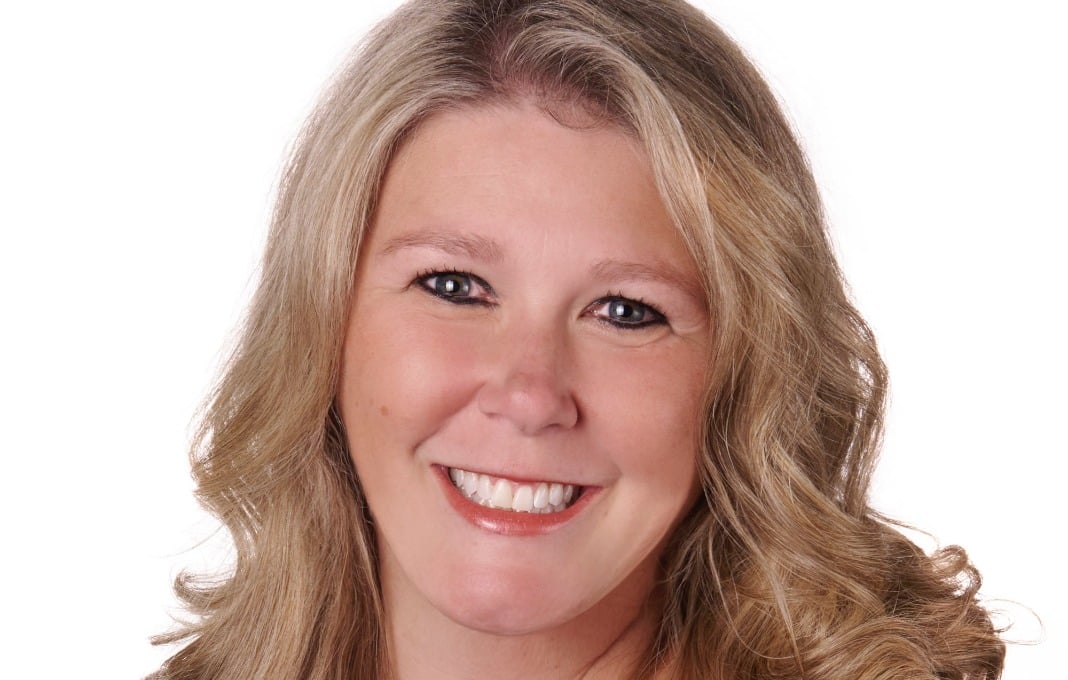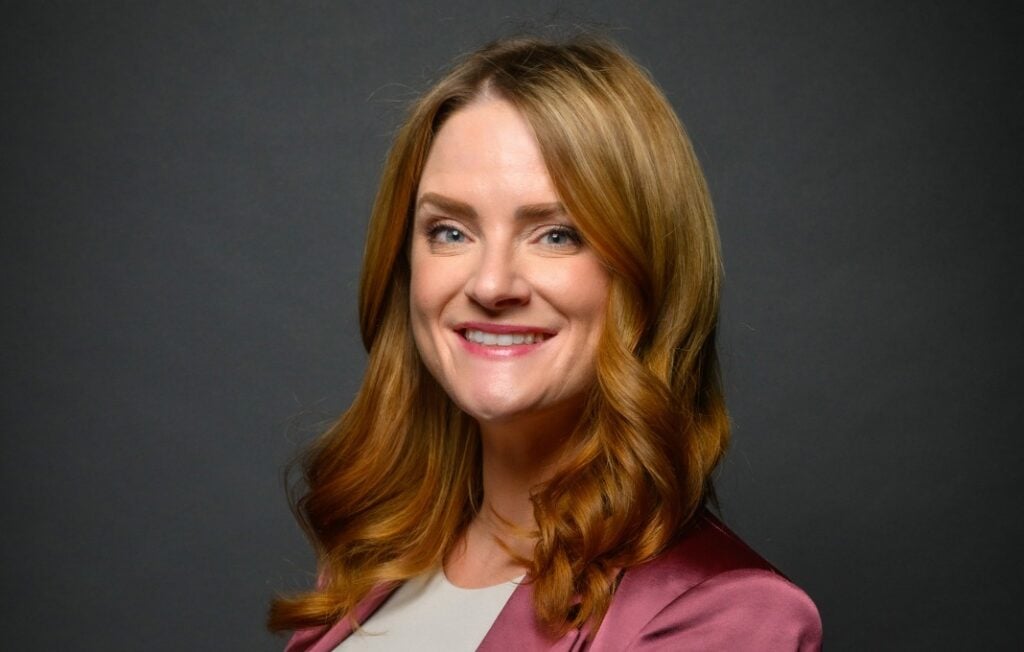HR leader Deb LaMere’s best advice for organizational success? Remember the “human” in human resources. “When you have an employee who can bring their best self to work and is fully engaged, it not only helps support the growth and productivity in an organization, but it also leads to a better customer experience,” she says.
As CHRO for Datasite, a Minneapolis-based company that provides software to facilitate M&A transactions, LaMere has had many lessons over the course of her career. She spoke with StrategicCHRO360 to share how best practices for building a strong culture align with meeting business goals.
What’s your personal philosophy when it comes to building and maintaining a strong workplace culture, especially in times of change or uncertainty?
Humans are at the heart of all organizations. This is why it is essential to foster an environment where every employee can thrive and bring their best self to work each day. Companies that keep this top-of-mind will be best positioned to succeed.
At Datasite, we focus on meeting the needs and expectations of the modern workforce, which includes providing flexibility and work-life balance, opportunities for collaboration and holistic training, skills development programs and listening to employee feedback to maintain a culture of connection.
Creating a safe environment where employees can freely share ideas and challenge the status quo without fear of being dismissed can lead to more empathy and deeper understanding between individuals. This then makes collaboration more enriching and beneficial and can also drive creativity and innovation.
What is one lesson you learned early in your HR career that still guides how you lead today?
There have been many lessons in my career, and they all have influenced the HR leader I am today. However, there was one experience early in my career that still sticks with me. It was when I worked as an HR service representative, where I was responsible for supporting employees with questions and inquiries about HR programs, policies and benefits, including timecards.
Once, an employee called to let me know that her timecard reflected less hours than she worked. I let her know that this type of request required manager approval. She told me her manager’s name several times and asked me if I was sure he needed to provide approval. I reminded her again about our company policy regardless of who her boss was.
Shortly after, her manager called me on my direct line, introduced himself as the chief operating officer, and explained that he was the manager that needed to approve the timecard changes. Then, at the end of the call, he complimented me for standing firm about the company policy.
This experience has stuck with me for several reasons. It was my first interaction with a senior executive, and while I was slightly embarrassed and also having an “OMG I might lose my job” moment, it was all about remaining professional, maintaining my integrity by upholding the process and not feeling intimidated by who was on the other end of the phone.
It was also about the importance of taking accountability, that yes, I was the one who insisted her manager needed to approve the change to her timecard. Ultimately, in the experience, I gained the COO’s trust and respect, which even led he and the CEO both sitting at my desk while I took calls the day the service center had its official opening.
As CHRO, how do you personally balance advocating for employee wellbeing with meeting business objectives?
Creating a workplace where employees feel valued, supported and see can contribute to a happier and more engaged workforce, which can lead to greater innovation, creativity and collaboration.
When you have an employee who can bring their best self to work and is fully engaged, it not only helps support the growth and productivity in an organization, but it also leads to a better customer experience. It also leads to a reduction in turnover, as a happier and more engaged workforce is more likely to stay and entice new workers to join the company.
Of course, leaders must deliver for shareholders but by also delivering for employees and the communities in which the business operates, they ultimately become more resilient and sustainable. Indeed, supporting physical and mental health is foundational to overall employee retention, engagement and productivity.
What advice would you give to someone entering the HR profession today, especially as expectations of HR leaders continue to evolve?
The best advice for someone coming into HR today is to remember the “human” in human resources. People drive an organization’s success. Without human capital, an organization cannot function. That’s why it’s so important to create an environment where individuals feel valued, respected and empowered to bring their best selves to work.
Of course, today, technology, such as AI, can play a part in helping to do this. AI can help make data-driven people decisions that lead to enhanced employee experiences.








